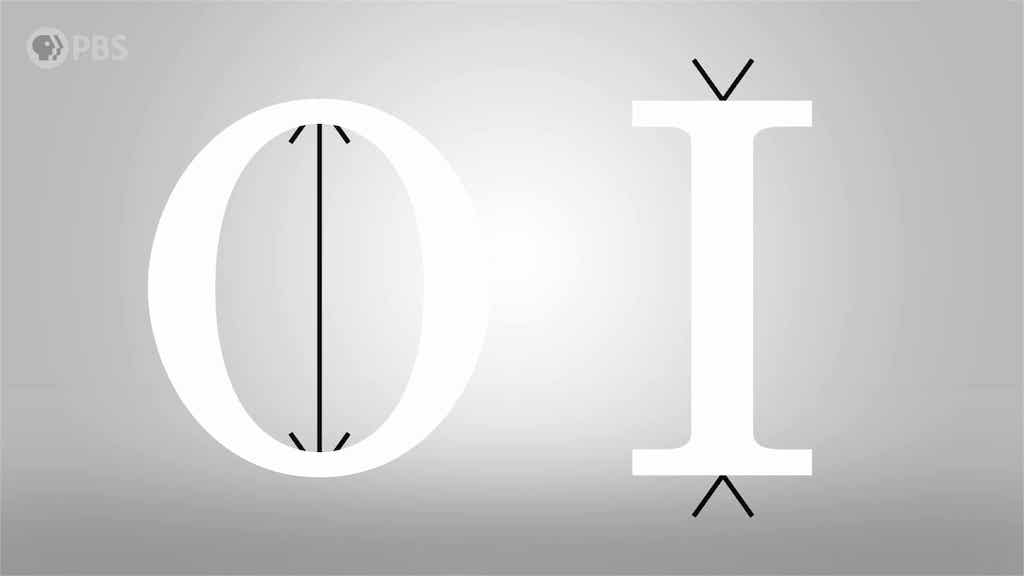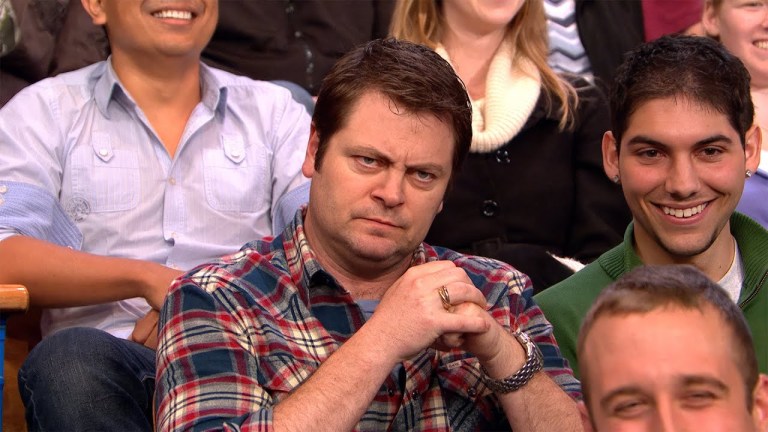How the Brain Processes the Optical Illusion of Reading
In the PBS series It’s Okay to Be Smart, host Dr. Joe Hanson spoke with Dr. Erica Brozovsky of the series Otherwords to explain how the human brain processes the optical illusion that is reading.
Reading. You’re doing it right now. I bet you don’t even have to think about it. But have you ever wondered what’s happening in your brain to turn all these weird symbols into meaning?

Both Hanson and Brozovosky ponder how the human brain, which evolved many thousands of years ago to understand its surroundings, was able to adapt to the written word.
How can a brain that evolved like a hundred thousand of years ago be so naturally good at a skill that we only invented 5,000 years ago? It’s been called the “paradox of reading”. The answer may be that we’ve repurposed some existing brain functions for new uses. It’s a theory neuroscientist Stanislas Dehaene called “neural recycling”.
In other words, the brain translates new information into recognizable form. This is why optical illusions work so well. During the act of reading, the brain identifies familiar shapes in the forms of letters. Additionally, reading is connected to tiny eye movements known as saccades. As the eye moves, the brain fills in any information that might be missing.
So here’s the crazy thing about saccades: Your eyes are jumping around about three times a second… But you can’t see the whole world streaking by. …Because it actually takes time for your eye to move from one place to another. So what happened to that time? Well it turns out your brain says okay i’m going to fill in the gap with whatever I land on. When your eyes land on the thing you’ve got this gap in time and so your brain essentially retrospectively fills that in.
And this is how the brain tricks the eye into reading comprehension.






